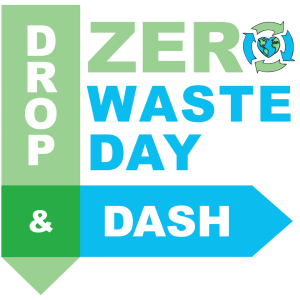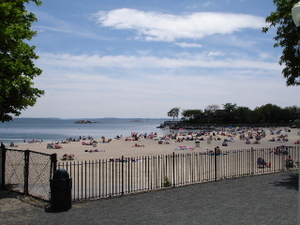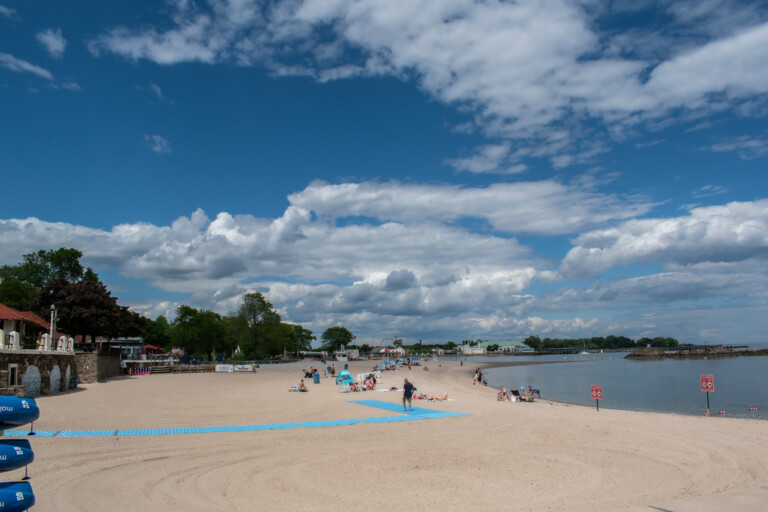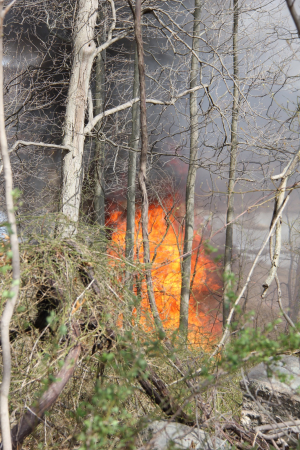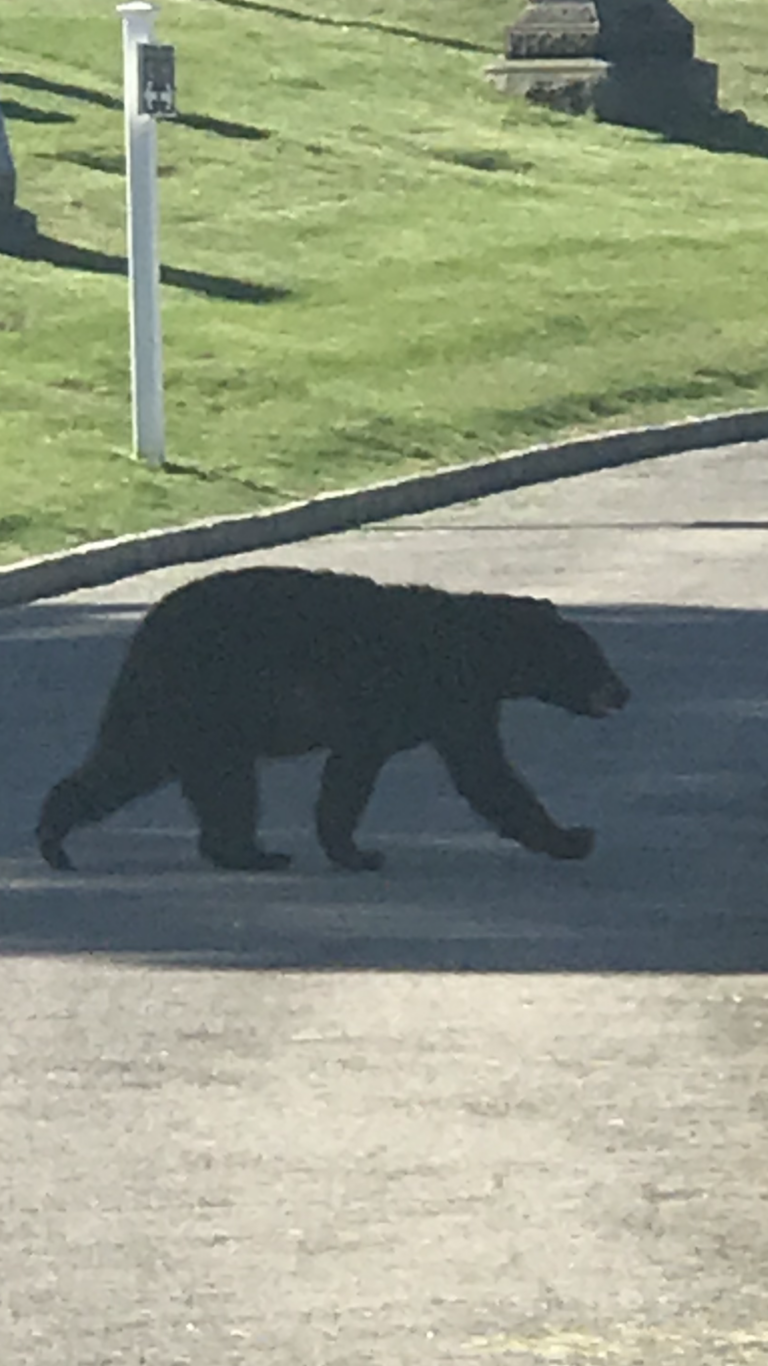Going Native: Gardening with Lucy Berkoff of Lucy’s Garden Life
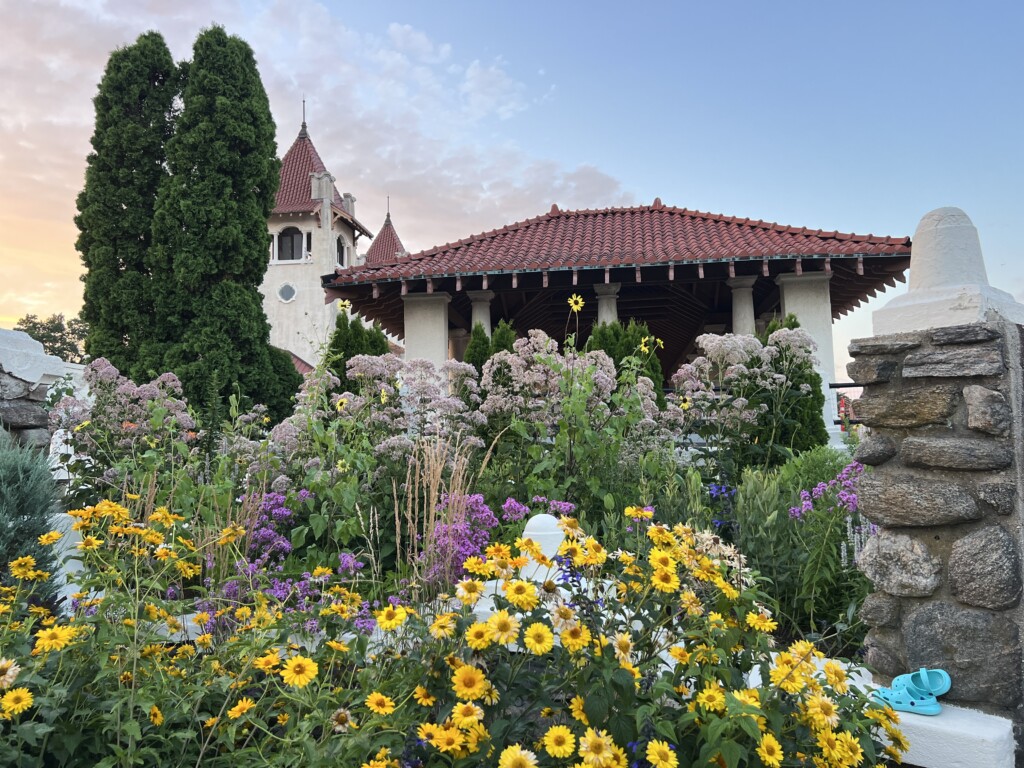
Going Native is a new garden series highlighting the contribution of native plants to building resilient landscapes. In this series, MyRye.com will introduce you to native plant experts that will tell you ways to get started with a small garden patch, a complete property or just a few garden containers.
Today, please meet Lucy Berkoff of Lucy’s Garden Life.
Your name: Lucy Berkoff
Your company and role: Lucy’s Garden Life, Landscape Designer; Friends of Rye Town Park, Chief Gardening Officer
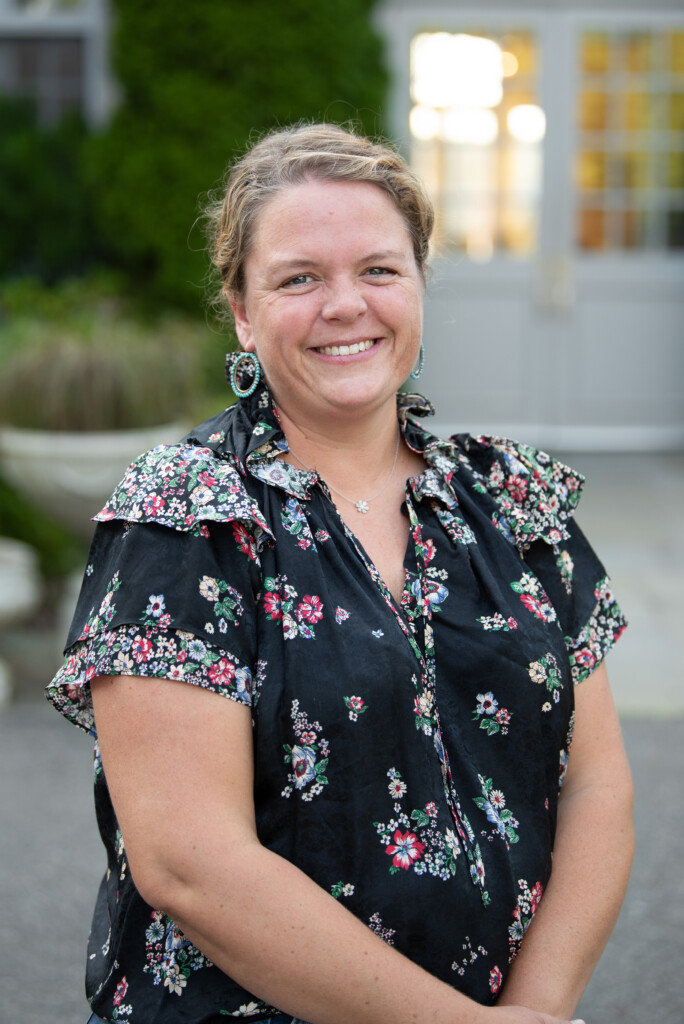
MyRye.com: Explain your professional training and education with respect to native plants and ecology.
Berkoff: I am a gardener. I have been in the business of gardening since I was 15. I started an inner city garden center on Capitol Hill in Washington, DC at the same time I was attending Boston College and ran it for 8 years. I initially learned the most from reading the detailed plant labels on every plant I sold, as well as every issue of Fine Gardening, Horticulture, Martha Stewart and Garden Design magazines.
I ran the Smith & Hawken on West Broadway in SoHo, and made it into the top performing store in the country. I was named a Better Homes & Gardens Stylemaker for multiple years from 2019-2024. I am completely self taught as a native plant expert, primarily over the past 8 years.
I have taken advantage of every book, article, instagram native plant geek, online class, and local lecture that I was able to, while raising my four children. I am grateful to all the families I garden with for allowing me to learn in their gardens also.
Why do you work primarily with native plants?
Berkoff: My mother first taught me about native plants specifically when she brought the Journey North Monarch Butterfly curriculum to her DCPS elementary school in the 1990’s. The mothers in my neighborhood growing up were big ecologists and there were frequent trips for us kids to the DC Audubon, Rock Creek Park, and the National Arboretum. Reading Doug Tallamy’s books and hearing him lecture changed my life. Once you see the insane importance of native plants to the health of our planet you can not unsee it. You must act.
What are some of the benefits of native plants?
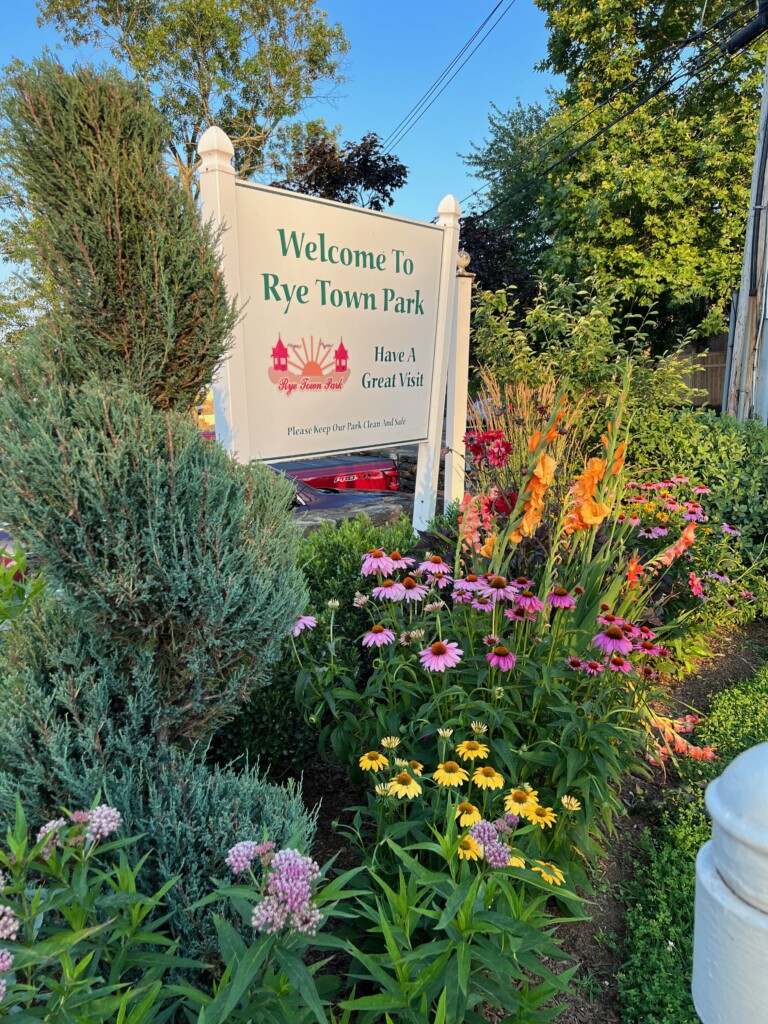
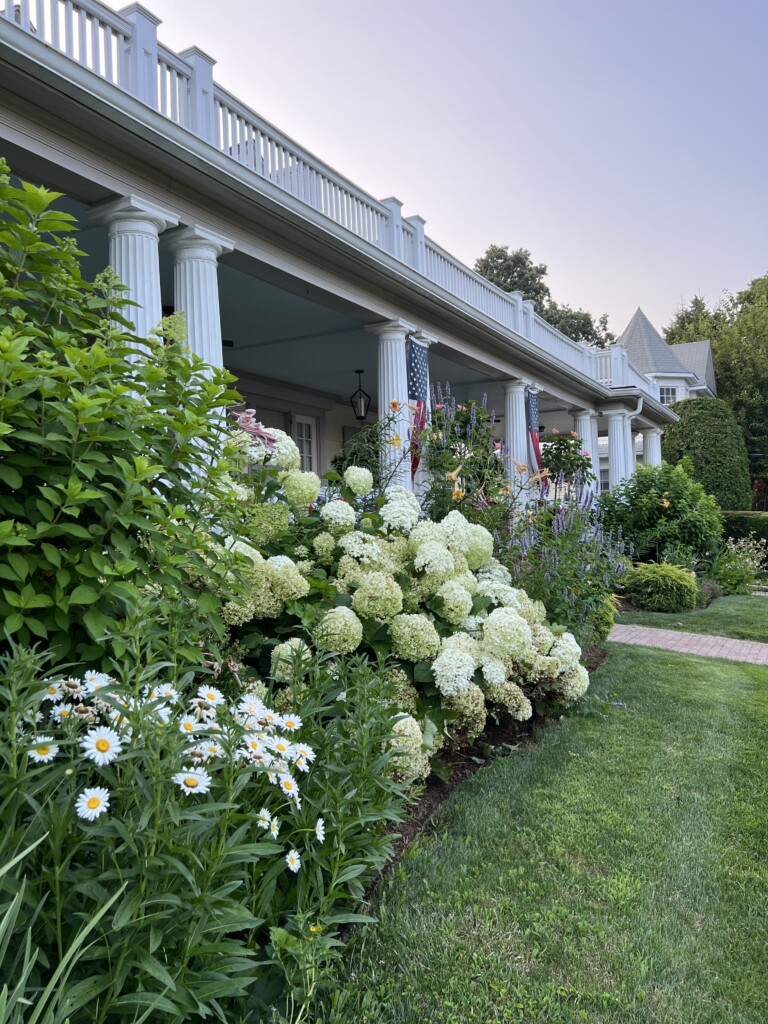
Berkoff: Native Plants are nature’s perfect food. They provide the basis for a healthy habitat at every level of our Sound Shore Ecosystem. When you start at the very bottom of the food chain, and work your way up, it is undeniable that in every home garden, the volume of green space should be at least 60-75% native to support the life that supports our lives. Most of the land in the US is in private hands. It is up to the private land owner of every sized plot to find room in their hearts and minds to make natives a priority.
What are invasive and non-native plants?
Berkoff: Invasives are non native plants that cannot be kept under control by humans. They steal resources, light, water, nutrients, and most detrimentally room to grow, from the beneficial natives within our ecosystem. A few of the worst are Japanese knotweed, Norway maples, bradford/callery pear, porcelain berry vine, and tree of heaven.
If you have these, there should be a plan in place to remove them as soon as possible. But, even some common garden plants can be terrible for the environment when not managed correctly – privet hedge, burning bush, rose of sharon, English ivy, pachysandra.
What is a straight native versus a cultivar?
Berkoff: A straight species native is 100% unfooled around with, except by God and Mother Nature. Its health and genetic diversity is guaranteed by the freedom of the birds and the bees, the wind, too. A cultivar, or a nativar as many call them, is a native that has been hybridized by humans to bring out certain desirable qualities, leaf color, flower shape and size, petal count, cold hardiness. It may not be as attractive or recognizable to the insects and other creatures that depend on that plant for sustenance.
If someone is new to native plants, how do you suggest one gets started?
Berkoff: Head to your local garden center. They are your very best resource. The best way to learn is by doing. Start by planting a native plant that attracts butterflies and birds. Echinacea, cone flower, is the best gateway drug because the creatures that make use of it are so noticeable and beautiful to humans. Bees, butterflies, and finches. Echinacea can grow in any sized garden from meadow to balcony. But you will know you’ve reached nirvana when the proliferation of the little brown butterflies, skippers and others, thrills you.
It is the fall season – what are some good action items around fall planting, yard care and thinking ahead to spring?
Berkoff: The most important thing in the fall is to leave the leaves. There are so many living creatures that nest and overwinter in our leaf litter. If every private home in our community could designate the majority of planting beds for fallen leaves the positive implications for the environment would be tremendous.
Explain four or five of the most common invasive plants in the Rye landscape, and some good native substitutes?
Berkoff: Deer are an incredible issue in our local ecosystem. Until the deer population is brought under control I am very ambivalent about recommending any widespread planting of many native ground cover plants.
| Common
Invasive |
Native Substitute(s) | Comments |
| English ivy | Matteuccia struthiopteris, ostrich fern | This is a wonderful prolific ground cover of similar sunny areas that ivy likes to cover. |
| Privet hedge | Viburnum dentatum ‘Blue Muffin’ | This is a beautiful fast growing hedgeable plant that hosts many beneficial species of native creatures. |
| Norway maple | Acer saccharum, sugar maple | SO important. Rye has lost MANY of her sugar maples to development in the past few years. They are one of the most important plants in our ecosystem. They must be replaced. Norway maples provide zero benefit to
creatures and only minimal benefit to humans. They take up volumes of space that prevent native trees from thriving. If you have a Norway maple on your property plan to remove it today and plant a sugar maple. If you have 3, plan to remove 3. 10 – 10. They are destroying Rye’s native ecosystem from the ground up.
This cannot be overstated. Norway maples must go and be replaced with native. They are the WORST. |
Privacy screening with plants is important to many homeowners in Rye – what are good native species to consider for screening projects?
Berkoff: Almost all arborvitae used in Rye are nativears. True natives I love to use for screening are white pine, birch, Armstrong Maples, fastigate sweetgums, tulip poplars, magnolia grandiflora, red bud, holly, viburnum, and ninebark.
What are good resources for people to learn more about natives?
Berkoff:
| Resource Name | Detail |
| Doug Tallamy’s books | Homegrown National Park, various books |
| Bill Cullina’s books | various books |
| Native Habitat Project, Kyle Lybarger | website |
| Monarch Gardens, Benjamin Vogt | website |
| The Native Plant Center | website |
| Audubon | native plant database |
What are three good local nurseries that specialize and / or have expertise in native plants?
Berkoff:
- Mangones Garden Center – hyper local, wonderful & intentional selection of unique native plants
- Sam Bridge Nursery – beautiful native trees, shrubs and perennials for the home gardener
- Rosedale Nurseries – intentional, varietous selections of native plants. Best selection in Westchester.
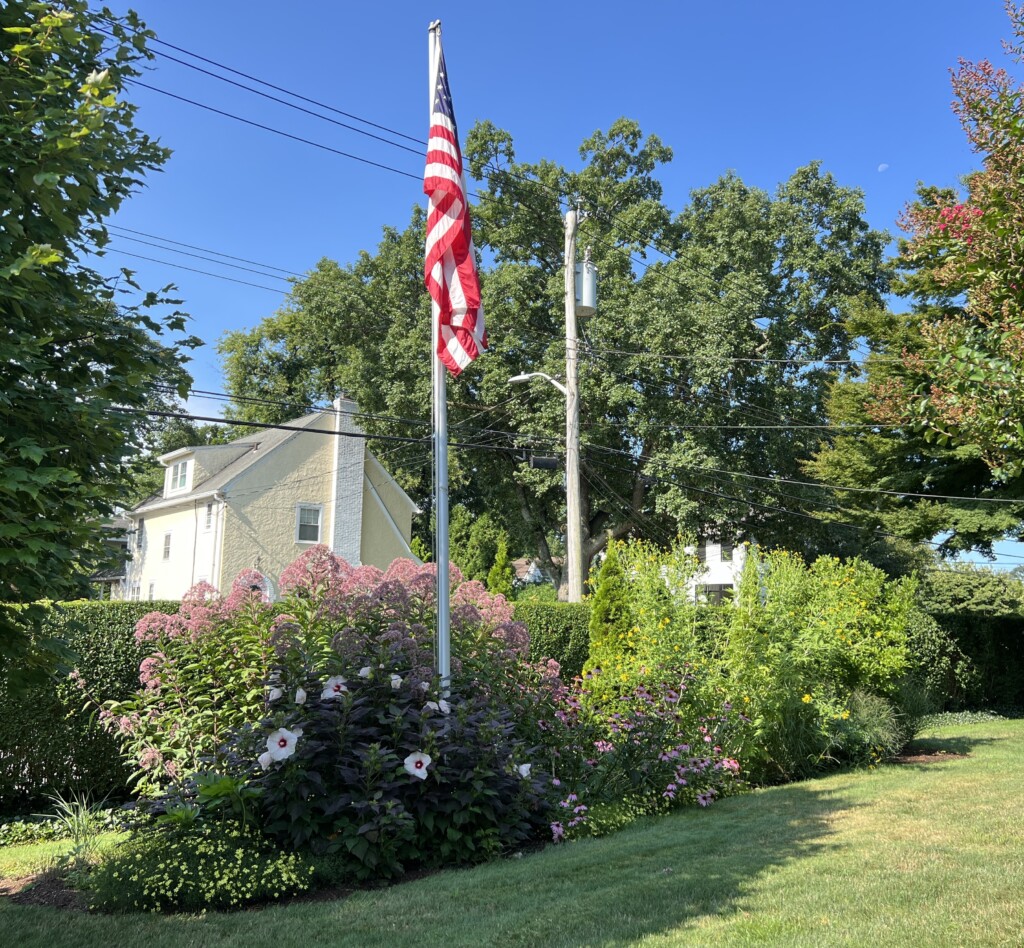
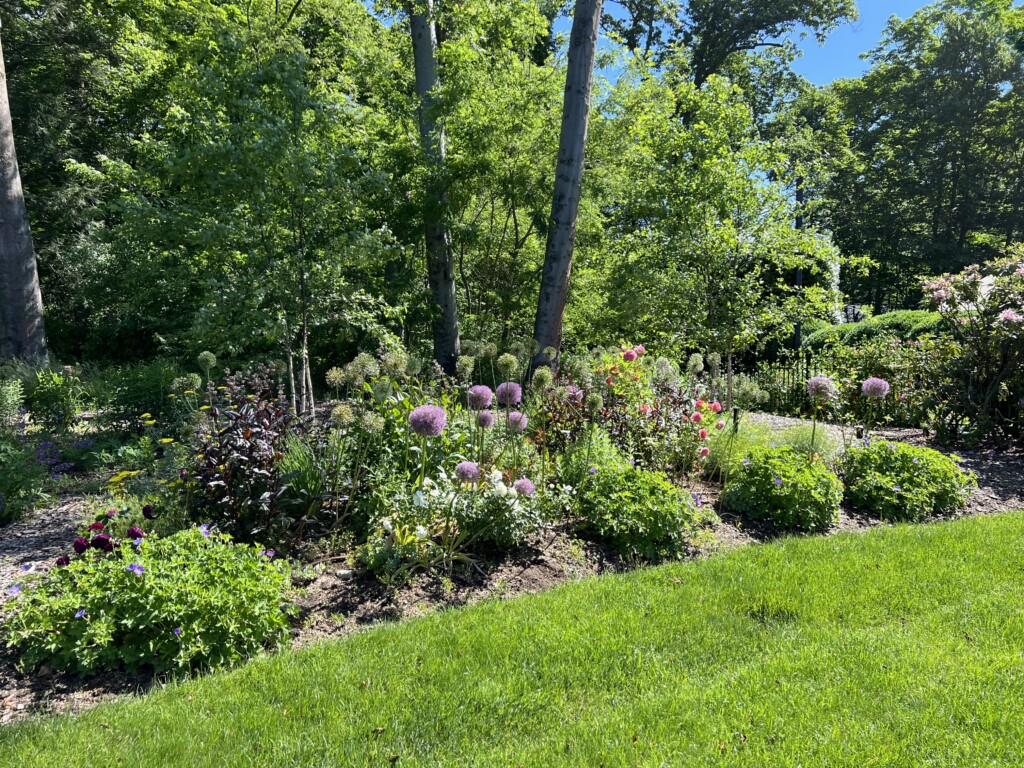
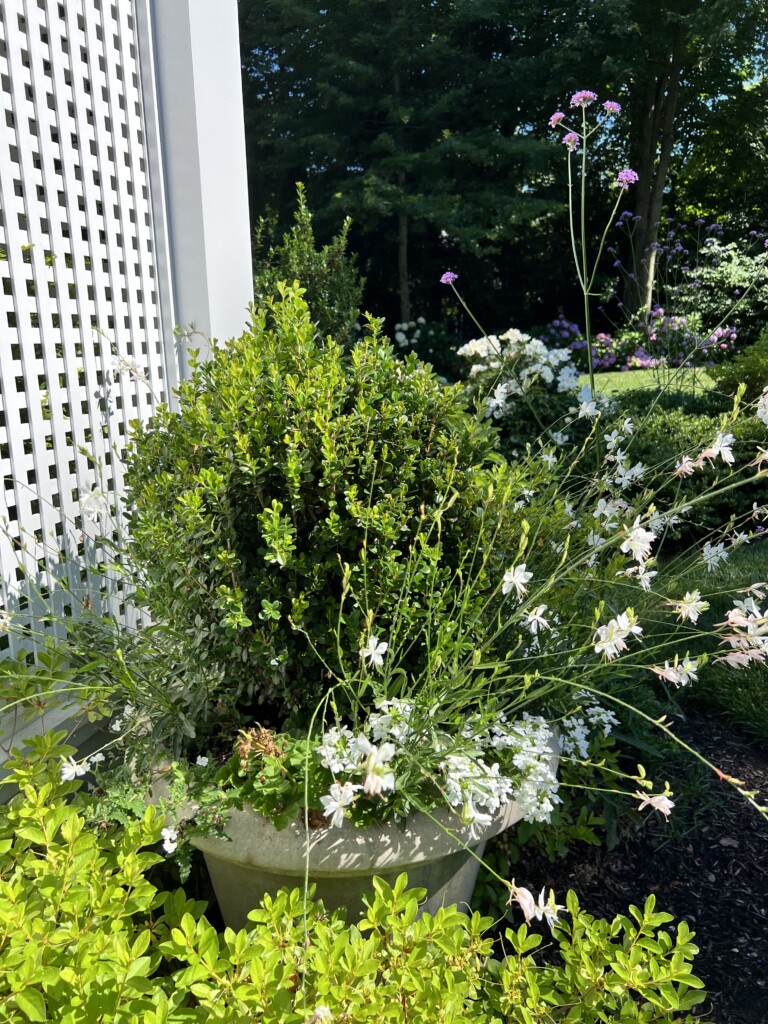
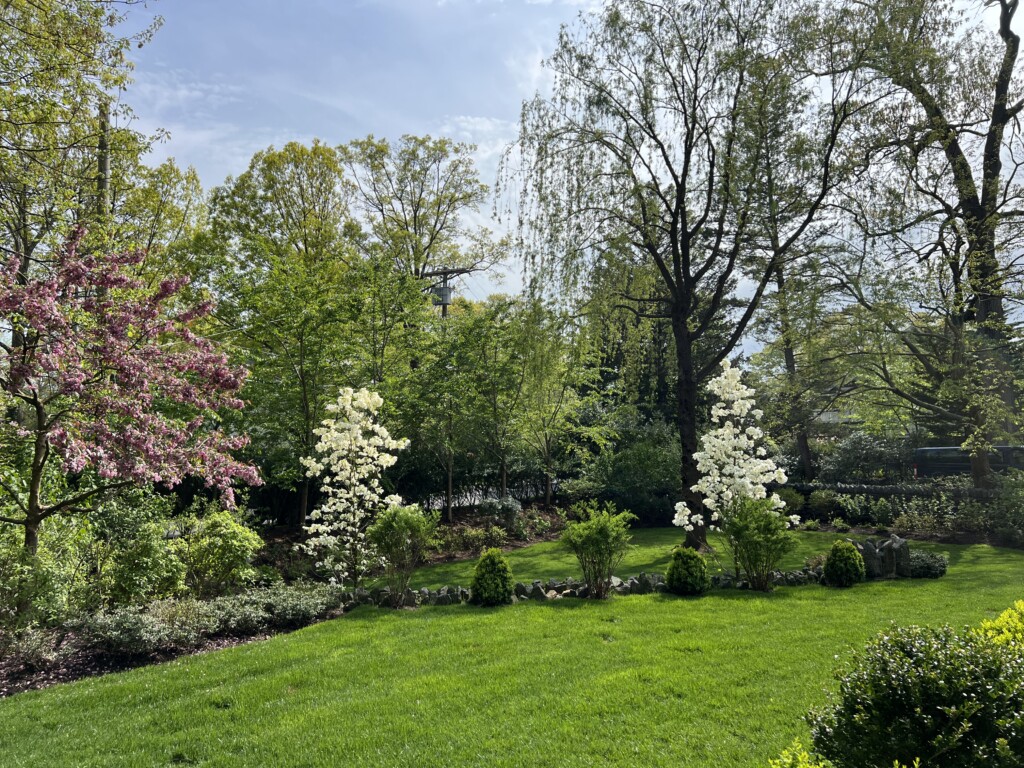
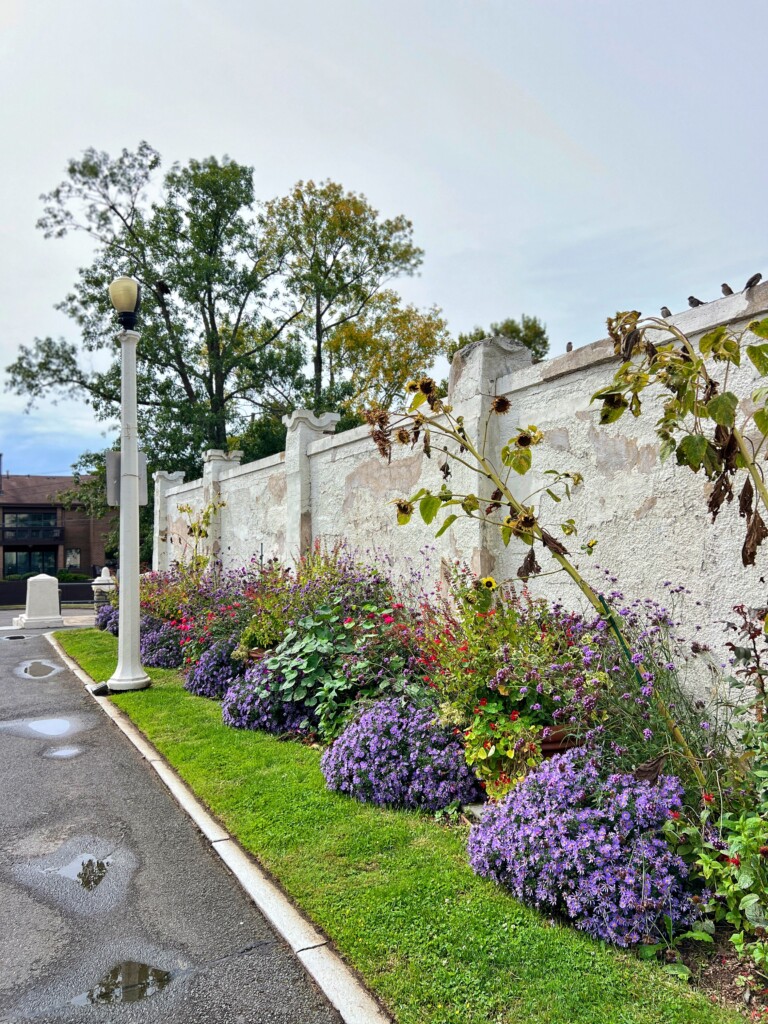
Tell us about some of your native plant projects in Rye or elsewhere in Westchester County.
Berkoff: My mission is to create some of the most beautiful and environmentally nutritious landscapes in our ecosystem. I want Rye families to grow up healthy and strong in a thriving native Sound Shore habitat, and to create core memories in beautiful gardens full of beneficial native trees, plants, and creatures. I achieve this through a combination of pro bono work in important public Rye spaces, and meaningful private work with beloved Rye families.
Berkoff:
- Midland School Pollinator Garden (with Midland PTO & faculty). Over the past 8 years we have worked to create a native pollinator garden along the sidewalk at Midland Elementary. Almost every child who has attended Midland during that time has contributed to the process. We are a certified Monarch Waystation. Primary native plants are milkweed, baptisia, rudbeckia, blueberries, rose mallow, and echinacea.
- Rye Town Park (with Friends of Rye Town Park & RTP Director Russ Gold). Over the past 5 years we have worked to create true native habitats throughout the park, as we also remove invasives. Starting with the Dearborn corner in 2019, we have injected beneficial natives to most of the important gardens in the park. This year we created a native meadow at the beach by removing a highly invasive Bradford Pear. We also renovated the gardens at the Tower Building, drawing on historic as well as ecological references. Our focus is to provide habitat for native creatures while making the parks as beautiful as possible for humans at the same time. Several other notable projects throughout the park that I have designed recently are the Charlie Northshield Outdoor Classroom at the pond, and the Bill Lawyer Redbud grove along Rye Beach Ave, among others. More exciting natives to come in 2025!
- Spring For Rye (with the entire Rye City School District, especially Jennifer Crozier & Robert Gimigliano). When trying to envision making the largest and fastest positive environmental impact on our entire Rye Sound Shore Ecosystem, including, importantly, flood mitigation, we envisioned a plan to re-native the tree canopy of the entire Rye City School District. With the incredible support of the RCSD Administration, each of the RCSD PTOs, and families throughout our entire greater Rye Community (not limited to the schools), we were able to plant a wide variety of 200 Native trees spread throughout all three campuses. The hope is that, with the removal of invasive trees, these 200 new Native trees will be able to grow and thrive and propagate and self seed the next generation of beneficial native habitat throughout Rye.
- Home Gardens throughout Rye. I have been very lucky to have been able to work with quite a few wonderful Rye families on their own home gardens. I am focused on meaningful and personal garden design for families (and always the big exciting super bloom). I combine that design with the power of the large positive environmental impact (with water mitigation always top of mind for any Rye area project). I believe that native plants are the solution to many, if not most, environmental issues, and at the same time believe that flowers are the gateway drug for learning and caring for our native environment with our whole hearts.
- Meaningful installations in the past few years include hedges of native dogwood, masses of Magnolia grandiflora, using tulip poplars to screen distant parking lot views, rows of redbud trees as bumble bee habitat, massive native meadow installs in Rye and Purchase, screening of white pine and birch, crabapples for the flowers and the berries where ever possible. Favorite flowering natives are Virginia bluebells, Penstemon, Lupine Perennis, Monarda, Echinacea, oak leaf and smooth Hydrangeas, New York ironweed, Phlox of all kinds, Rose Mallows, Lobelias of all kinds, Rudbeckias, Honeysuckle. And Native grasses of course. And on and on.
Tell us about your services:
How would your friends and family describe you in one word?
Berkoff: Passionate
How many years have you worked with native plants?
Berkoff: My whole career, since 1992.
Which of the following services do you provide:
Berkoff:
| Service | Yes or No |
| Ecological assessment | yes |
| Design with native plants | yes |
| Installation of native plants | yes |
| Invasive species management | yes |
| Organic lawn service, including electric equipment | no |
| Organic shrub and tree care | no |
Tell us about you:
Where do you live?
Berkoff: Rye
What do you do with your free time?
Berkoff: Care and cheer for my family, garden, read and walk.
Thanks Lucy!
Learn more:


